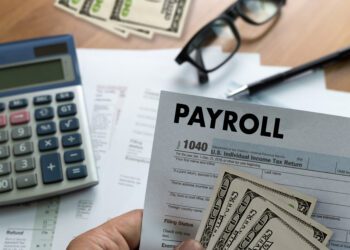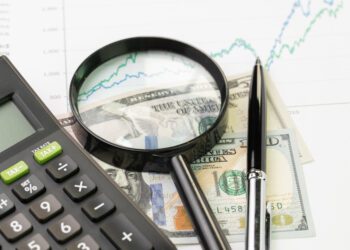In a day-after-the-election briefing to a group of business executives about what the trade policy of a second Trump presidency might look like, the question was asked, “What would an example of a good tariff be?”
The answer is the same one that the 16th century Swiss physician and alchemist Paracelsus gave about dosages of medicine—given in moderation and for the right purpose, they can help heal. Given in excess, they become a poison.
Special additional tariffs are part of current trade remedies, adopted as a matter of national policy and embedded in domestic US law and international agreement. They are recognized therefore as “good” by Congress even if hardly ever welcomed by the measures’ opponents. Additional tariffs are mandatory to offset dumping (sales at less than fair value) and foreign subsidies where material injury is found. And where there is serious injury, the president is given discretion to impose additional tariffs under a safeguard provision. The policy behind the use of these remedies is not just one of equity. The provision of trade remedies may well have been necessary to allow a system of generally open trade to survive with sufficient domestic political support.
The use of tariffs (and subsidies) is not free of controversy, however. The tariffs on EVs and batteries slow the ability of the country to meet climate objectives. At the other extreme, whether climate change is seen as a problem or even acknowledged by the next administration is unknown.
President Trump went far beyond suggesting the selective use of tariffs in his campaign. He spoke very often of imposing a blanket tariff of 10 or 20 percent on all imports, with a 60 percent tariff on Chinese imports. The blanket tariff of 10 or 20 percent would not readily be avoided unless an adequate domestic supply of the goods in question can be produced domestically at a higher price due to the tariff or a sufficient bureaucracy is installed from which to seek exemptions from the tariff.
It is clear that several of those likely to have a major role in the incoming Trump administration, as well as the president-elect, consider this to be a good use of tariffs. Others, outside the new administration, will continue to disagree—including nearly all economists, many US businesses dependent on imports for necessary inputs, and all US trading partners.
The American people have not been told that they will bear the cost of the tariff (in fact, they were told foreign exporters would pay it) nor that they should consume less. The blanket tariff is a way to lower consumption without admitting that this is what is going to take place. No US administration has sought to impose a value added tax (a national sales tax) because of its domestic unpopularity. There was no mandate from the election to make consumption less attractive, and even less possible for those at the lower end of the economic scale.
The Conservative government sold Brexit as a cost-free stroke of good fortune. It wasn’t. In June 2016, 51.89 percent of the British electorate had voted for Leave compared with 48.11 percent for Remain, a margin of 3.78 percentage points. This year, the political party responsible was resoundingly beaten at the polls. Current polling (as of May 2024) shows that now over 55 percent think leaving was a mistake versus 33 percent that it was the right thing to do. Nonetheless, there are immense obstacles to Britain now returning to the EU. Some damage cannot easily be undone.
In the 2024 US presidential election, the vote for Trump was 50.3 versus 48.1 percent for Kamala Harris. This is a similar margin to the other major economic vote of our time, Brexit. Now there is little doubt that Trump is going to impose much higher tariffs perhaps with the aid of Congress. The 2026 mid-term election may show what voters think of an abrupt and substantial tariff imposed by President Trump early in 2025. Even if they change their minds, some of the resulting damage to the world trading system and the US economy will be hard to undo.
View the full article here
By Alan Wm. Wolff / Courtesy of The Peterson Institute for International Economics












